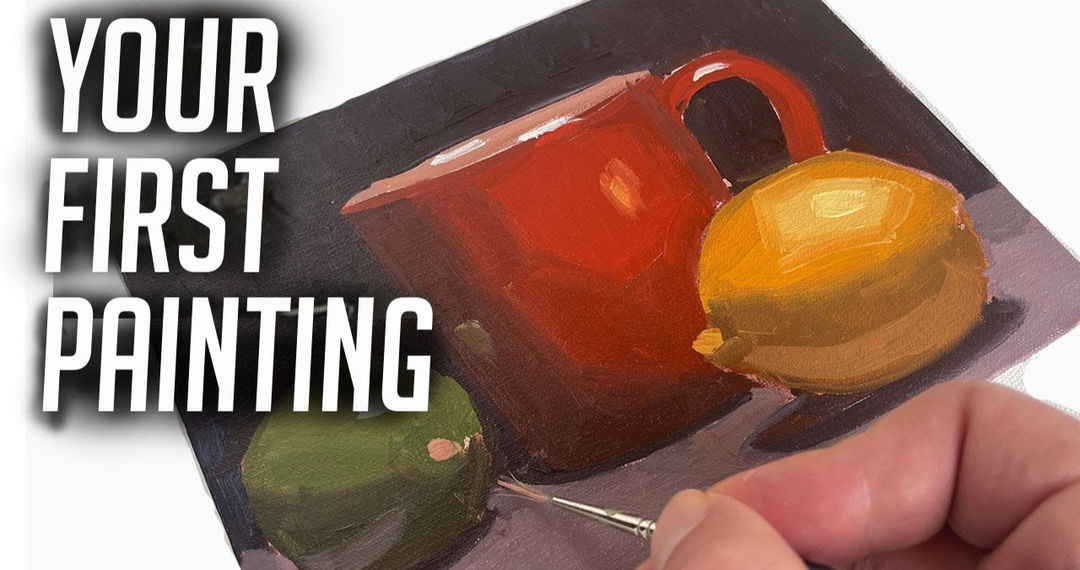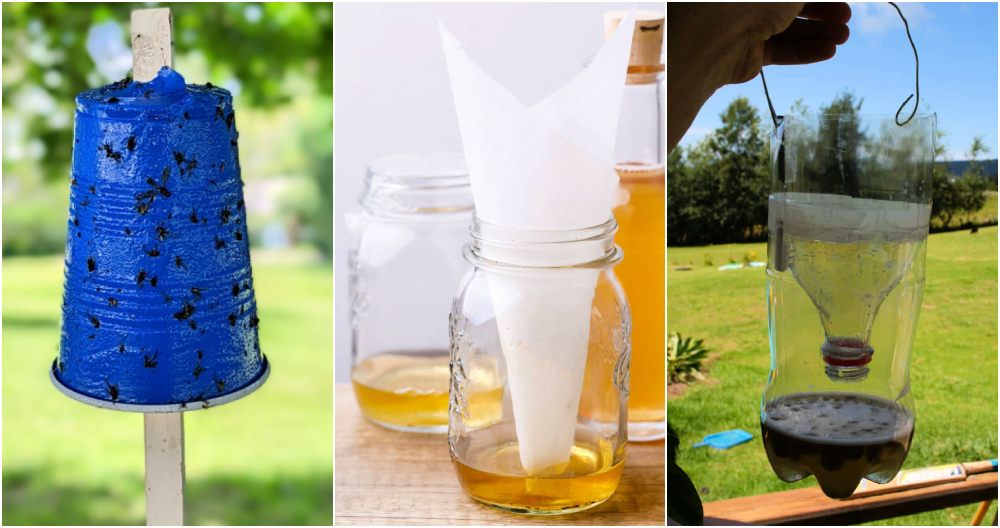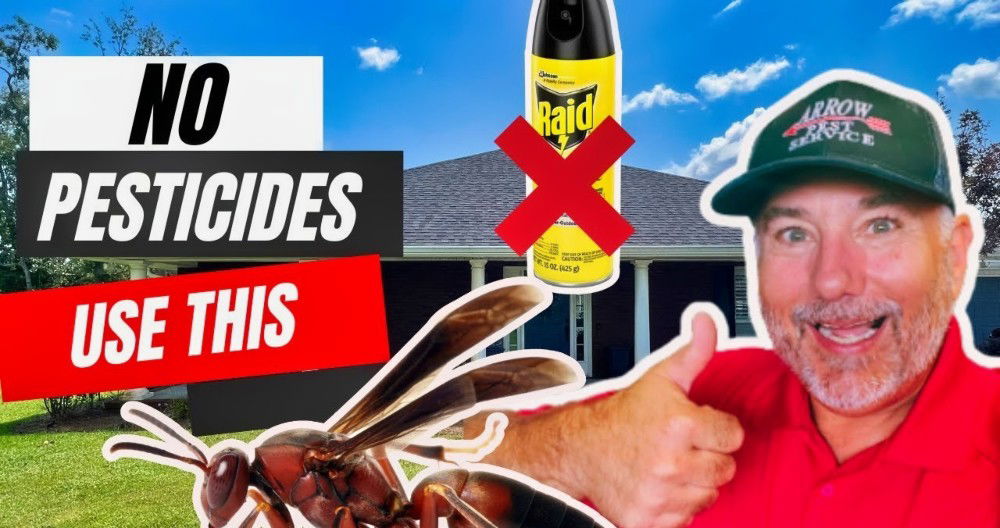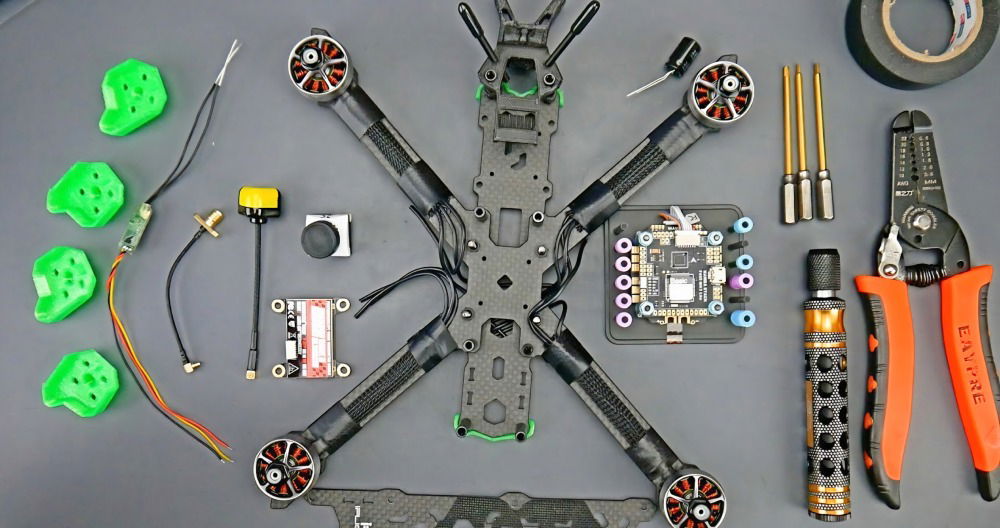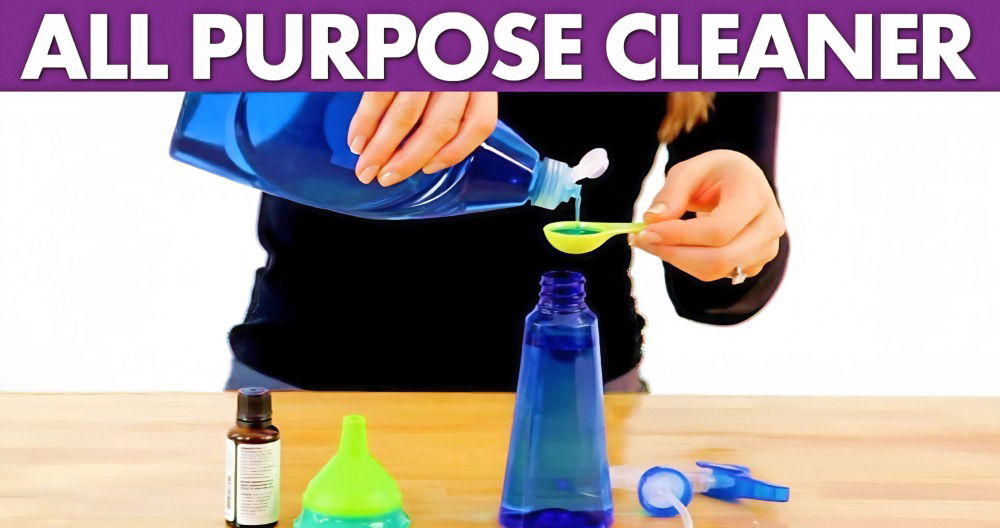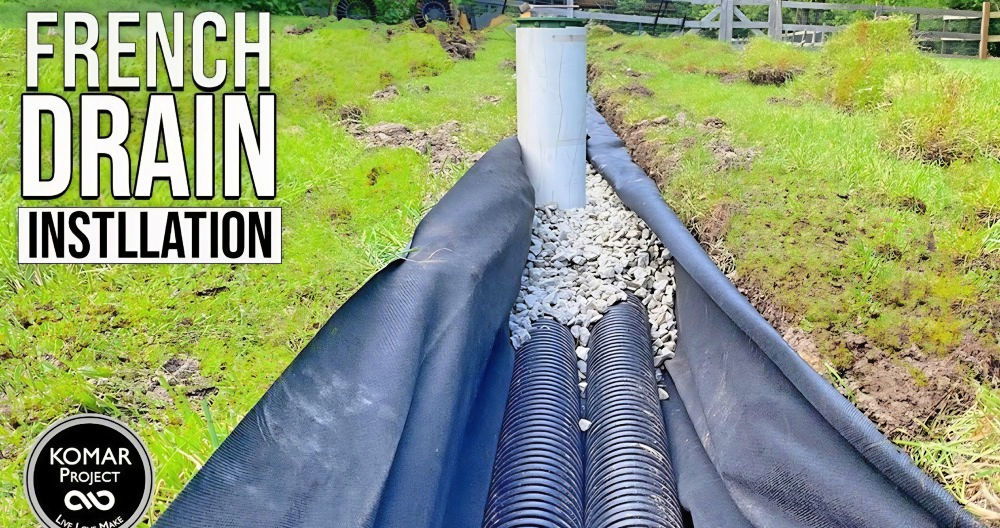Getting started with this DIY lawn care was a simple and rewarding experience for me. I remember the first time I decided to take control of my yard. It felt daunting at first, but I quickly learned some lawn care basics. The most important step was understanding what my grass needed to thrive. Regular watering, mowing, and a little bit of patience were key.

Another helpful tip was to pay attention to the soil. Healthy soil means a healthy lawn. I started using natural fertilizers to improve soil quality. Learning to recognize and address weeds also made a big difference.
These lawn care for beginners steps helped transform my yard. If I could do it, you can too. I'm sharing these tips to help you start your lawn care journey.
Understanding the Importance of Aeration
Aeration was my first crucial step. I discovered that compact soil from foot traffic and machinery was suffocating my lawn, blocking water and nutrients. Aeration involves creating holes for air, water, and nutrients to reach the roots, promoting growth. I rented an aerator and covered my lawn. Improvements took time, but it was worth it.
Step by Step Instructions
Discover comprehensive, easy-to-follow DIY lawn care steps to achieve a lush, green lawn effortlessly and boost your curb appeal today!
The Art of Scarification
Scarification was next, a term I learned in my lawn care journey. It removes moss and thatch, which can block water and nutrients and attract pests. I bought a top-notch scarifier and followed advice to scarify in spring and autumn. The results were impressive—my lawn looked cleaner and healthier.
Mowing: A Skill to Master
Mowing seemed straightforward, but there's an art to it, I discovered. The golden rule is never to cut more than a third of the grass blade. Cutting too short can stress and weaken the grass, making it susceptible to diseases and weed invasion. By adjusting my lawn mower to one of the higher settings, I was able to maintain an optimal grass length, promoting healthier growth. Regularly sharpening the mower blades ensured a clean cut, preventing any tearing that could damage the grass.
The Importance of Regular Treatment
While not delving deeply into this, I learned that for a lawn to truly thrive, a regular treatment program is essential. This includes fertilization to replenish lost nutrients and weed control to keep invasive species at bay. I started with a seasonal approach, applying fertilizer in spring to kickstart growth and another in autumn to prepare the grass for winter. The difference was palpable, with my lawn looking ever so vibrant.
Advanced Lawn Repair Techniques
Maintaining a healthy lawn can sometimes be a challenge, especially when faced with issues like bald patches or thatch. Here's a straightforward guide to help you repair and rejuvenate your lawn effectively.
Dealing with Bald Patches
Bald patches can occur due to heavy foot traffic, pet urine, or disease. To fix them:
- Remove Dead Grass: Gently rake away dead grass to expose the soil.
- Loosen the Soil: Use a garden fork to aerate the soil, making it easier for new roots to grow.
- Choose the Right Seed: Select a grass seed that matches your existing lawn and climate.
- Sow the Seed: Spread the seed evenly and lightly rake it into the soil.
- Water Regularly: Keep the area moist until the new grass is established.
Thatch Removal
Thatch is a layer of dead grass and roots that can prevent water and nutrients from reaching the soil. To remove thatch:
- Dethatching: Use a dethatching rake or machine to pull up the thatch layer.
- Aeration: After dethatching, aerate your lawn to improve oxygen circulation.
- Top Dressing: Apply a thin layer of compost or topsoil to nourish the lawn.
Lawn Rejuvenation
If your lawn looks unhealthy, it might need more than just spot treatment.
- Soil Testing: Test your soil to understand its nutrient and pH levels.
- Fertilization: Based on the test results, apply the appropriate fertilizer.
- Overseeding: Spread new seed over the entire lawn to promote dense growth.
- Regular Maintenance: Continue with regular mowing, watering, and weeding.
Seasonal Recovery Plans
Your lawn care should change with the seasons.
- Spring: Focus on fertilization and weed prevention.
- Summer: Prioritize watering and mowing at the correct height.
- Fall: This is the best time for overseeding and aeration.
- Winter: Minimize foot traffic and avoid de-icing salts.
By following these techniques, you can tackle common lawn problems and keep your grass looking lush and vibrant. Remember, consistency is key to a beautiful lawn.

Lawn Care Tools and Technology
In the world of lawn care, staying updated with the latest tools and technology can make maintaining your green space not just easier but also more enjoyable. Here's a guide to some of the latest advancements that can help you keep your lawn in top shape.
Essential Tools for Homeowners
Every gardener needs a basic toolkit. Here are some must-haves:
- Robotic Lawn Mowers: Devices like the Segway Navimow can keep your grass trimmed without you lifting a finger.
- Expandable Hoses: Look for durable options that can reach all corners of your garden and retract for easy storage.
- Smart Sprinklers: Systems can intelligently water your lawn, conserving water and ensuring even coverage.
Smart Technology for Efficient Lawn Care
Smart technology is revolutionizing lawn care:
- Sprinkler Controllers: The Rachio 3 can adjust watering based on weather forecasts, saving water and optimizing growth.
- Garden Sensors: These can monitor soil moisture, sunlight, and nutrient levels, providing you with real-time data to make informed decisions.
DIY Lawn Care Gadgets
Innovative gadgets can add convenience and precision to your lawn care routine:
- Soil Testers: Easy-to-use devices can tell you the pH and nutrient content of your soil, helping you choose the right fertilizer.
- Weed Pullers: Ergonomic tools can help you remove weeds efficiently without harmful chemicals.
Using these tools and technologies in lawn care saves time, reduces effort, and gives a healthier lawn. Key to a great lawn is both the tools and the care you provide.
Interactive Lawn Care Planner
Making an interactive lawn care planner is a fantastic way to stay on top of your gardening tasks throughout the year. This planner will help you keep track of what needs to be done and when, ensuring your lawn stays healthy and vibrant.
Personalized Lawn Care Schedule
A personalized schedule is key to effective lawn care. Here's how to make one:
- Input Your Details: Start by entering your location and grass type.
- Utilize Data: The planner uses temperature data and weather patterns to tailor your tasks.
Seasonal Tasks and Reminders
Your lawn has different needs each season. The planner can remind you of:
- Spring: Time to fertilize and control weeds.
- Summer: Focus on watering and maintaining the right mowing height.
- Fall: Ideal for overseeding and aeration.
- Winter: Minimize traffic and protect against frost.
Tracking Progress
It's satisfying to see your lawn improve. The planner allows you to:
- Log Activities: Keep a record of completed tasks.
- Monitor Growth: Note the changes in your lawn's health and appearance.
Community Engagement
Connect with other gardeners by:
- Sharing Tips: Exchange advice on lawn care.
- Celebrating Success: Post-before-and-after photos of your lawn's transformation.
An interactive lawn care planner adapts to your needs, helping you achieve a perfect green lawn. A little planning ensures lawn care success!
Lawn Health and Safety
Ensuring the health and safety of your lawn, as well as those who enjoy it, is paramount. Here's a comprehensive guide to keeping your lawn space safe and thriving.
Identifying and Addressing Lawn Pests and Diseases
A healthy lawn is less likely to succumb to pests and diseases. Be vigilant for signs of trouble, such as discolored grass or patchy areas. If you spot these signs:
- Identify the Problem: Use a reliable lawn care guide or app to diagnose the issue.
- Natural Remedies: Try non-toxic treatments like neem oil for pests or baking soda for fungal diseases.
Safe Practices for Families and Pets
Your lawn should be a safe place for the whole family, including pets.
- Avoid Toxic Chemicals: Use organic fertilizers and pesticides whenever possible.
- Secure the Area: Ensure that any garden tools or substances are stored safely away from children and animals.
Emergency Lawn Care Solutions
Sometimes, despite our best efforts, emergencies happen.
- Quick Fixes: For minor issues like sudden weed growth, vinegar can be an effective spot treatment.
- Professional Help: If you're facing a major problem, don't hesitate to call in a lawn care professional.
Lawn Mower Safety
Lawn mowers are essential but can be dangerous if not used correctly.
- Keep Blades Sharp: Dull blades can tear grass and increase injury risk. Sharpen them regularly.
- Clear the Area: Before mowing, remove any rocks or toys to prevent accidents.
Yard Work Safety
Proper attire and awareness are crucial when doing yard work.
- Dress Appropriately: Wear sturdy shoes and gloves to protect yourself.
- Stay Hydrated: Take breaks and drink plenty of water, especially on hot days.
By following these tips, you can keep a safe and beautiful lawn. Precaution prevents accidents and keeps your lawn healthy.
FAQs About DIY Lawn Care
Discover answers to all your queries in our comprehensive faqs about DIY lawn care, and achieve a lush, healthy lawn effortlessly.
Healthy soil is the foundation of a thriving lawn. To assess your soil, conduct a soil test which will reveal fertility levels, pH, and texture. While at-home kits are available, a laboratory test provides more comprehensive results. It’s recommended to test your soil once every three years.
The right grass type for your lawn depends on your climate, soil, and the amount of sunlight your yard receives. Cool-season grasses are ideal for northern climates with mild summers, while warm-season grasses thrive in hotter regions. Consult the USDA Hardiness Zone map and consider your yard’s sun exposure and soil type when selecting grass.
Watering frequency depends on your grass type and soil texture. Generally, it's best to water deeply and infrequently to encourage strong root growth. Aim for about 1 inch of water per week, either from rainfall or irrigation, adjusting as needed for your specific lawn conditions.
Fertilizing should be timed to when your grass type grows most actively. For cool-season grasses, fertilize in early spring and fall. Warm-season grasses benefit from fertilization in late spring through summer. Always follow the recommendations from your soil test for the best results.
Preventative measures are the best defense against weeds. Maintain a healthy lawn through proper mowing, watering, and fertilizing. If weeds do appear, identify them and use targeted treatments. For persistent problems, consider consulting a lawn care professional for advice.
Conclusion:
Wrapping up, easy DIY lawn care for beginners can help you achieve a lush, healthy yard without professional help. By following simple steps and using the right tools, you can master DIY lawn care with ease. Remember, consistency is key to a vibrant lawn. Enjoy the process and watch your efforts pay off with a beautiful green space!





